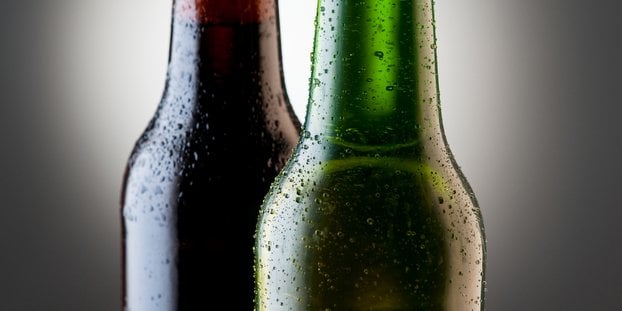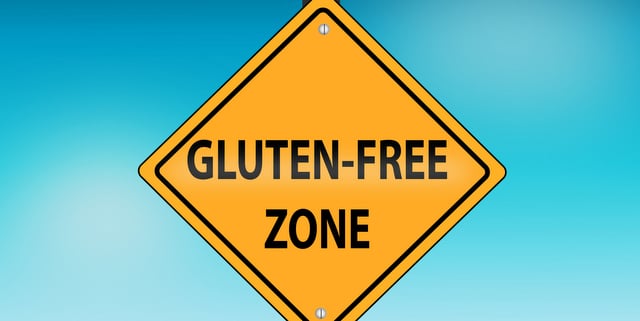
Gluten free is more than just a dietary fad. The National Digestive Diseases Information Clearinghouse estimates that more than 2 million people in the United States, or 1 in 22 people, are affected with celiac disease, an affliction in which a person cannot tolerate gluten — a protein composite found in foods processed from wheat and related grain sources, including beer. This month, the Food and Drug Administration (FDA) passed a rule for gluten-free labeling, and now The Alcohol and Tobacco Tax and Trade Bureau (TTB) is currently reviewing its gluten labeling policy.
Gluten-free Living reported:
Beer made from wheat and barley then processed to remove gluten still can’t be labeled gluten free.
The TTB is reviewing its interim gluten-free labeling policy in light of the FDA’s approval of a 20 parts per million standard for gluten-free labeling and intends to act “expeditiously,” according to Tom Hogue, TTB spokesman. “Any alcohol whose labeling is regulated by the TTB is still subject to the interim ruling,” Hogue said.
The publication reported that the TTB looks to the FDA for guidance when making its own rulings and that the recent FDA guidance could impact the alcohol industry by reflecting new labeling rules for gluten-free products that must contain less than 20 ppm of gluten.
In March, we talked to gluten-free brewer Pedro Gonzalez, founder of New Planet Beer Co., about the differences between gluten-free and gluten-reduced beers, and how test results to determine the amount of gluten in beer are murky. In the end, it all comes down to protecting the consumer. How hydrolyzed, or chopped up, gluten found in reduced-gluten beer affects one person differs from another. For the full breakdown of gluten-free’s role in the craft beer industry, be sure to check out our feature story.





Leave a Reply
You must be logged in to post a comment.